#Creative thinking
Explore tagged Tumblr posts
Text
Work smart not hard. 🤔
#pay attention#educate yourselves#educate yourself#knowledge is power#reeducate yourself#reeducate yourselves#think about it#think for yourselves#think for yourself#do your homework#do your research#do your own research#ask yourself questions#question everything#work smarter not harder#creative thinking#smart
475 notes
·
View notes
Text

First GIF I've ever made. It's of myself. If you liked it, plz tap buttons so I know you want me to make more gifs like this
#shibari suspension#shibari#kinkblr#bd/sm rope#bd/sm community#roped girl#ropeart#kink tumblr#aerial silks#aerial dance#aerial#aerial acrobatics#aerial arts#disabled artist#queer artist#artists on tumblr#dancer#dance#dissociative identity disorder#dissociation#disabled#did representation#did recovery#trauma recovery#ptsd recovery#complex ptsd#trauma healing#art therapy#dance therapy#creative thinking
454 notes
·
View notes
Text

Creative Thinking by Denis Medri
#Star Wars#Star Wars Unlimited#Twilight of the Republic#Creative Thinking#Clone Troopers#Battle Droid#Sci-Fi#Denis Medri#FFg#Fantasy Flight Games
148 notes
·
View notes
Text
Divergent vs. Convergent Thinking

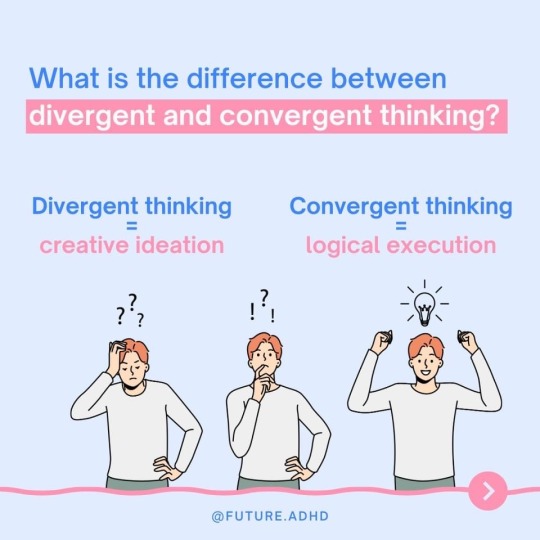
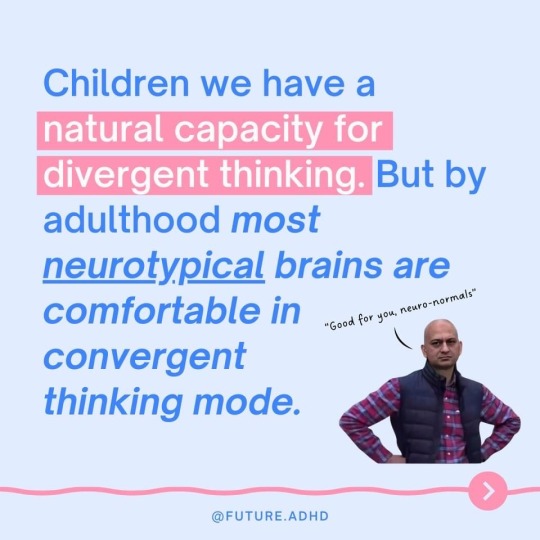
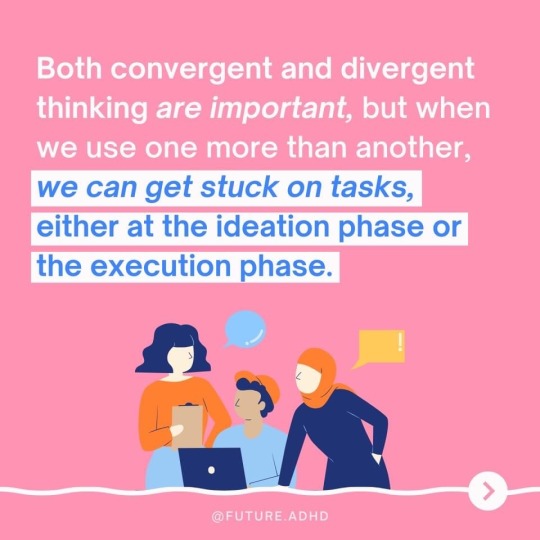

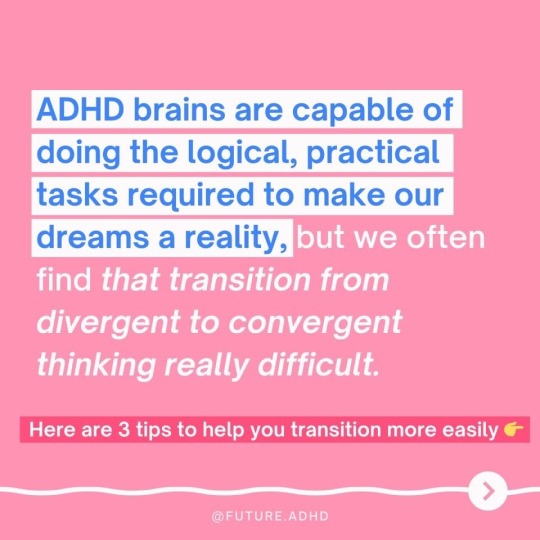
Future ADHD
#adhd#adhd post#diversity vs convergent#logical thinking#creative thinking#neurodivergence #neurodiversity#actually neurodivergent#feel free to share/reblog#Future ADHD (Facebook)
206 notes
·
View notes
Text
This will probably be my only post but I hope maybe one Harvey fan out there will enjoy this mind worm of an idea I’ve had. I always like imagining music videos with songs. It helps with my stress. So I may of thought of one to go with the song Vienna by Billy Joel (because I found it in a Harvey themed music list). Just imagine during the whole song it’s a brief summary of Harvey’s life, like his childhood and love for planes to him entering college to be a doctors, ending with his life in Stardew. As the song ends; Harvey noticing Farmer running past, them noticing each other and introducing each other. Somehow I imagine it done in watercolours and sketchy lines but whatever. I know, it’s probably corny as hell 😅
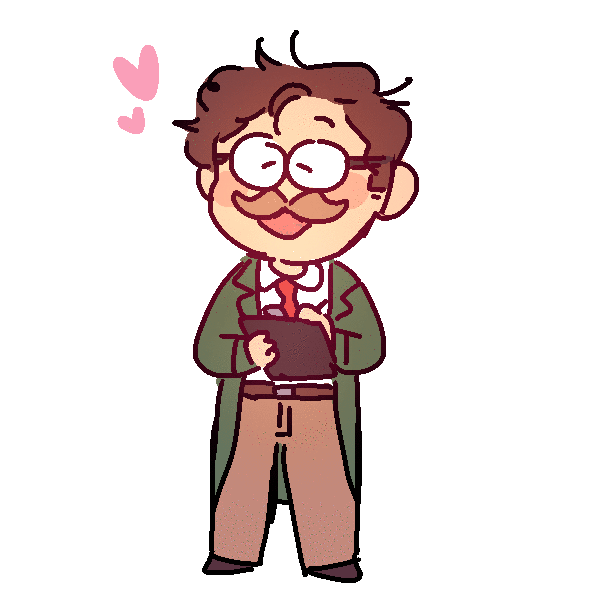
95 notes
·
View notes
Text
Why All Writers Should Keep Track Of Their Dreams 💭
It all started with me stripping into a swimsuit, entering a sensory deprivation tank. Upon coming out, I was crispy and seasoned, with my ribs and thighs becoming a delicacy.
Then I woke up, turned on my side, and grabbed my phone to type out the idea. It would make for the perfect horror anthology submission, after all.
Now, this is why I keep track of my dreams as a writer:
It's a homemade backlog of random story ideas. Most of them, anyway.
Keeping a dream journal can make you more understanding of yourself, which can help make understandable characters in fiction.
It helps with creative thinking according to this study, which is helpful for both fiction and non-fiction writers.
I thought it would be fun because my dreams are usually quite bizarre, and good material for stories AND conversations.
Telling your writer friends about these dreams often gets a reaction like, "Dang, the dream version of me is a JERK!"
And... that's about it, honestly. The hogwash my brain comes up with has fueled a few of my story ideas, after all. Perhaps it will do the same for you.
#tw cannibalism#writing#dreams#imagination#creative thinking#creative writing#writeblr#writerscommunity#writers on tumblr
9 notes
·
View notes
Text
"Act as if what you do makes a difference. It does." – William James
#william james#inspiration#motivational quotes#self-belief#life lessons#making an impact#personal growth#words to live by#determination#courage#transformative ideas#iconic quotes#timeless wisdom#self-awareness#positivity#achieve greatness#self-discipline#achieving goals#courage and strength#pragmatic wisdom#visionary thinking#hard work#making it happen#daily reminder#success mindset#purpose-driven life#influential ideas#perseverance#inner strength#creative thinking
11 notes
·
View notes
Text
I enjoy painting, coloring ,writing, creating artwork. I appreciate other people's art also.
I'm glad to have a place to express myself in my art and words. I look forward to following others on Tumblr also
I had written some children's stories a number of years ago but haven't written much new perhaps now I'll be inspired and motivated to do more on this platform. I wrote a poem about my late daughter that's posted on Midnight
13 notes
·
View notes
Text
I want to turn my pain into art real acryl color on canvas hung in my living room so everyone can see
the poppy field disappear the bright red petals slowley blown away
the tide breaking against the rocks of the Oregon coast the ocean crying cold, salty tears in my name
#spilledink#spilled thoughts#spilled words#creativewriting#creative thinking#poety#poet#poem#spilled ink
11 notes
·
View notes
Text
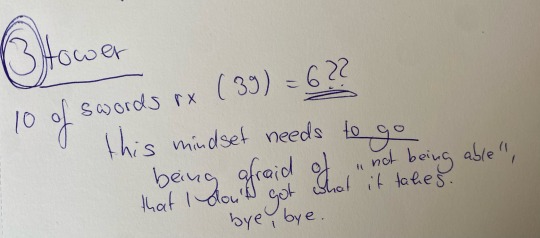

Sometimes it’s wild how I just do a little math and end up solving issues I stored way too long.
Never was much of a math lover until I realised it’s the language of the universe and it’s actually kind of healing. 🌘🧹
#math art#mathematics#healing#creative design#creative thinking#universe#multiverse#1771#tarot witch#witchcraft#artists on tumblr#tarot#tarot reading#children of the moon#tarot art#artwork#moon#original art#6#beautiful#tower#3#1#2#5#inverse#operations#home planet#just fun stuff#letting
3 notes
·
View notes
Text
Triolet Poem #46
You can't have cake and eat it too. You can't have two sides of a coin. If it is fake then see it through, you can't have cake and eat it too. You can try take or leave it true or meet halfway where both sides join. You can't have cake and eat it too. You can't have two sides of a coin.
"Two Sides Of A Coin", JEP
#writerscreed#poeticstories#spilled ink#love#writing#words#poetry#triolet#aesthetic#quote#love poems#rejectscorner#poem#quoteoftheday#lit#alt lit#literature#literary quotes#love poem#love poetry#prose poetry#prose#creative thinking#creative writing#my po m#art#anime#poetrycommunity#poets on tumblr#poets
26 notes
·
View notes
Text
* * * News Interruption * * *
#pay attention#educate yourselves#educate yourself#knowledge is power#reeducate yourself#reeducate yourselves#think about it#think for yourselves#think for yourself#do your homework#do some research#do your own research#do your research#ask yourself questions#question everything#woodworking#sink#skill#talented#creativity#creative thinking#thinking skills#cool#now that's cool#plumbing#remodeling#custom woodworking
66 notes
·
View notes
Text
My Missing Piece
I try picturing in my head that you’re still here. How long has it been since the crash? I don’t keep track of time anymore; it just hurts to remember that our wedding anniversary and your anniversary are just reminders.
June 25th, 2028. It was a business trip; you were going to expand your company to the European side. You were so happy, telling me the good news, Kira Autos got back to you. The meeting was set in a week.
“What do you mean in a week? So, you’re missing our anniversary?” I asked with worry
“I know my love, but this is going to be huge. This could be worth it; finally build a car that’s not just a piece of equipment.”
Sometimes I’d thought you were speaking to me in tongues, I tried understanding as much as possible. But when I didn’t understand, you always told me, “Don’t worry, it’s okay” and then kiss me on my forehead.
Do you know even now I can’t tell the difference between a 1971 Plymouth GTX and a 1970 Buick GSX, to me it kind of looks similar but I know you would be giving me such a passionate speech, I’d just stay quiet in awe.
When you told me about the RX-7, you didn’t tell me that getting it fixed would be such a hassle. A stick shift vehicle at that, but I’m learning for you.
It was Fourth of July week; you finally found a 1996 Mazda RX-7. You didn’t tell me how you got it; it needed repairs and was a stick shift. Even if I didn’t know much, I loved watching you work on something you were passionate about. It was just the many things I love about you.
#short story#my love#emptiness#loss#i love you#I miss you#heartbreak#creative thinking#message for you#self healing#let go of the past#Spotify
4 notes
·
View notes
Text
Today my husband approached me and asked "What would a spider snake hybrid look like?"
To which I replied: Oh God... There are so many options. You could have a snake body with an entire spider as the head. You could have a spider body but it's head is replaced by some snake body and head. You could do a spider, but make all of it's legs snakes, but then it probably couldn't move too well. You could do a "delicious in dungeon" type thing similar to the cockatrice, but instead of a chicken it's a spider... OH! If you have a HUGE spider you could make it so all the hairs covering it's body are actually tiny snakes...
*Husband grins wickedly* Thanks! Those are all great ideas.
It's not until after he walks away that I realize this was not just a fun mental exercise. He needed moster ideas for the DnD campaign he's running...
I think I've just been made an accessory to a TPK guys...
#dnd5e#creative thinking#monsters#tpk#the stuff of nightmares#wtf is wrong with my brain#lol oops#delicious in dungeon
5 notes
·
View notes
Text
Corpse Writing Excersize
A paper would be passed around and we would each write a sentence or two, then the original writer would edit the writing to make it make sense. Here was mine!
Oliver loved the color red. This was because he was normal. As normal as can be. Sure, he loved a lot of things: grapes, playing catch, picking berries, hugging trees, but what he loved more than anything else was the color red. At the moment, he was peeking out at the magnificent sculptures from his hiding place behind the clock tower. He admired how the giant iron bodies reached out toward the sky or danced in among the grass. He thought how amazing it was that they had been built thousands of years ago and amazing how people were thinking and feeling the same things as he was as he glanced at the sculptures.
Something he often wondered behind the clocktower, was if people thought the same way about the sculptures. Did they see them for their true beauty? Or did they just see them as a symbol of wealth in a capitalist society? He knew both were true to some degree, and it both saddened him and excited him. He often wondered if one day he wouldn’t feel so alone, but somewhere in the back of his head he knew that would never happen.
“Why would you ever think that you would be viewed as anything more than a poor boy with a useless dream?” He would tell himself. He often looks up at the sky and thinks to himself “what does the color purple taste like?” to “am I going insane?”
Then, at the end of the day, he would go back home, the woman working that day would scold him for being out too long, and he would rush to bed. Instead of going to sleep though, he would think and dream about the sculpture of the woman with the bow, always about to tip over, or the boy reading a book, “what book was he reading?” Oliver would think out loud accidentally. But all in all, he was happy with the clock tower and gazing at the sculptures from afar.
21 notes
·
View notes